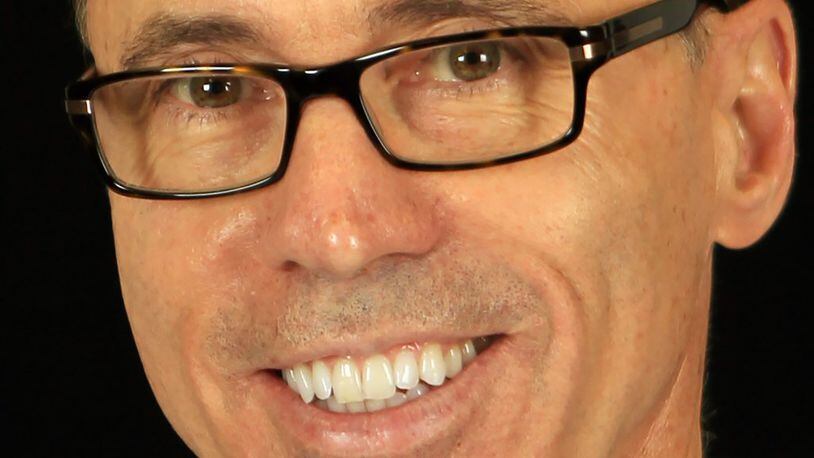“Early in the ’80s when dental implants started becoming more prevalent, it was a two-part system,” Valentine said. “The composites were mixed and light-cured, and temporary crowns put in.”
Patients had to return for subsequent visits to receive their permanent crowns and in the meantime, often damaged their temporaries. Valentine now uses a special digital scanner and design center that replaces the conventional bite-down impressions and temporary crowns process that had been used for decades.
“This process has been around for a while and we started using it in 2009,” Valentine said. “The first time we told a patient they weren’t going to have a temporary crown, they were ecstatic. They didn’t have to take off work twice and could go home with their crown permanently in place. It’s been a boon to the practice and we have far fewer problems.”
Patients get a crown digitally fit and milled to order by the time they are ready to leave the office. The device accurately scans each individual mouth using blue laser technology.
“This is a digital wand and we scan directly in the mouth,” Valentine said. “We don’t have to use the goop to make the impressions, and that’s been great for the patients. They don’t have to sit there for five minutes or more with this stuff in this mouth. The scanner works in seconds.”
This system has also helped propel orthodontia forward, providing accurate pictures of the mouth for fitting the newer, nearly invisible braces. And while many adults today wore the infamous headgear as teenagers, Valentine said a newer device exists to help move the teeth, making headgear obsolete.
“We use temporary anchorage devices to move the teeth,” Valentine said. “There is little to no pain and they are more effective than headgear.”
Other recent advances have helped Valentine’s patients feel more comfortable about coming in regularly for dental treatments, including a newer type of local anesthetic that doesn’t sting as much as the more traditional Novocain and tends to work better.
“We can also give our patients oral medications to help calm their nerves and they aren’t as fearful,” Valentine said.
And of course, all this leads to more people going to the dentist for the recommended twice-a-year cleaning and checkup and taking better care of their teeth in general.
“There are still people that do the wrong things,” Valentine said, like drinking soft drinks that have a lot of sugar, carbonation and acides that hurt tooth enamel.
Valentine said many people, though, are doing what they should to care for their teeth, including brushing twice a day and visiting their dentists regularly. Overall, he said, there is less tooth decay.
“We also have a newer and better way to detect decay,” Valentine said. “We have a laser-assisted device that measures how much decay is in the tooth. We also have an infrared camera. These are both excellent and are 95 percent accurate in finding decay.”
For more information about Valentine’s practice, log on to www.drdvalentine.com
About the Author
